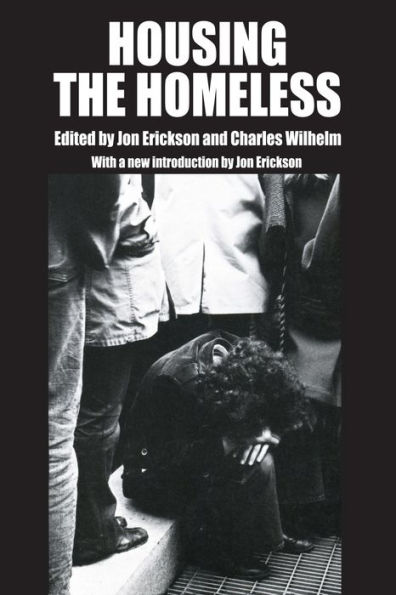Homelessness has become a lasting issue of vital social concern. As the number of the homeless has grown, the complexity of the issue has become increasingly clear to researchers and private and public service providers. The plight of the homeless raises many ethical, anthropological, political, sociological, and public health questions. The most serious and perplexing of these questions is what steps private, charitable, and public organizations can take to alleviate and eventually solve the problem. The concept of homelessness is difficult to define and measure. Generally, persons are thought to be homeless if they have no permanent residence and seek security, rest, and protection from the elements. The homeless typically live in areas that are not designed to be shelters (e.g., parks, bus terminals, under bridges, in cars), occupy structures without permission (e.g., squatters), or are provided emergency shelter by a public or private agency. Some definitions of homelessness include persons living on a short-term basis in single-room-occupancy hotels or motels, or temporarily residing in social or health-service facilities without a permanent address. Housing the Homeless is a collection of case studies that bring together a variety of perspectives to help develop a clear understanding of the homelessness problem. The editors include information on the background and politics of the problem and descriptions of the current homeless population. The book concludes with a resource section, which highlights governmental policies and programs established to deal with the problem of homelessness.
1016940960
Housing the Homeless
Homelessness has become a lasting issue of vital social concern. As the number of the homeless has grown, the complexity of the issue has become increasingly clear to researchers and private and public service providers. The plight of the homeless raises many ethical, anthropological, political, sociological, and public health questions. The most serious and perplexing of these questions is what steps private, charitable, and public organizations can take to alleviate and eventually solve the problem. The concept of homelessness is difficult to define and measure. Generally, persons are thought to be homeless if they have no permanent residence and seek security, rest, and protection from the elements. The homeless typically live in areas that are not designed to be shelters (e.g., parks, bus terminals, under bridges, in cars), occupy structures without permission (e.g., squatters), or are provided emergency shelter by a public or private agency. Some definitions of homelessness include persons living on a short-term basis in single-room-occupancy hotels or motels, or temporarily residing in social or health-service facilities without a permanent address. Housing the Homeless is a collection of case studies that bring together a variety of perspectives to help develop a clear understanding of the homelessness problem. The editors include information on the background and politics of the problem and descriptions of the current homeless population. The book concludes with a resource section, which highlights governmental policies and programs established to deal with the problem of homelessness.
61.99
In Stock
5
1

Housing the Homeless
478
Housing the Homeless
478Related collections and offers
61.99
In Stock

Product Details
| ISBN-13: | 9781351514927 |
|---|---|
| Publisher: | Taylor & Francis |
| Publication date: | 07/12/2017 |
| Sold by: | Barnes & Noble |
| Format: | eBook |
| Pages: | 478 |
| File size: | 5 MB |
About the Author
From the B&N Reads Blog
